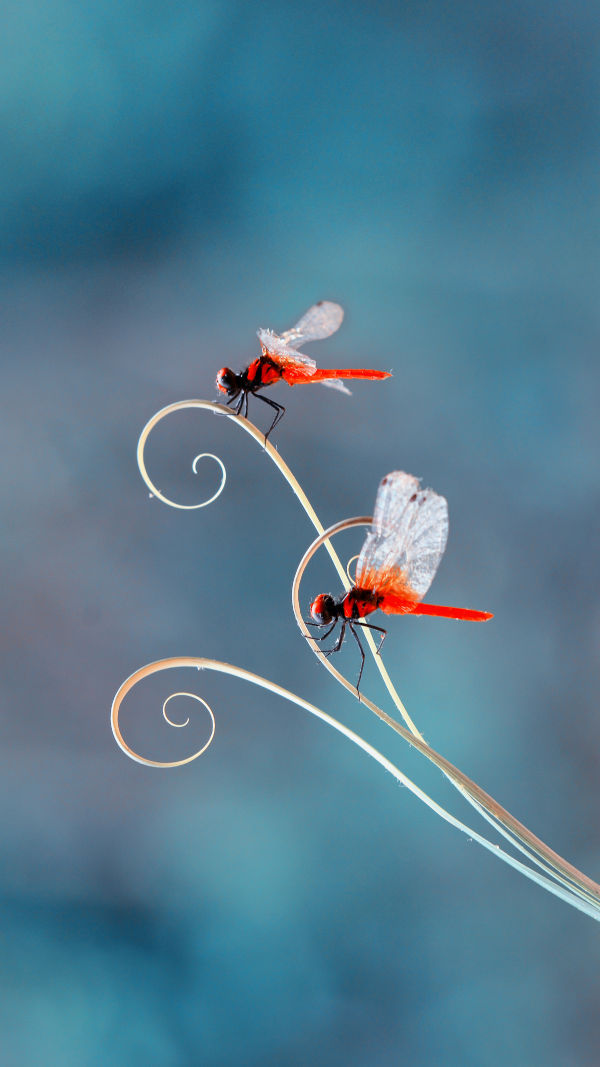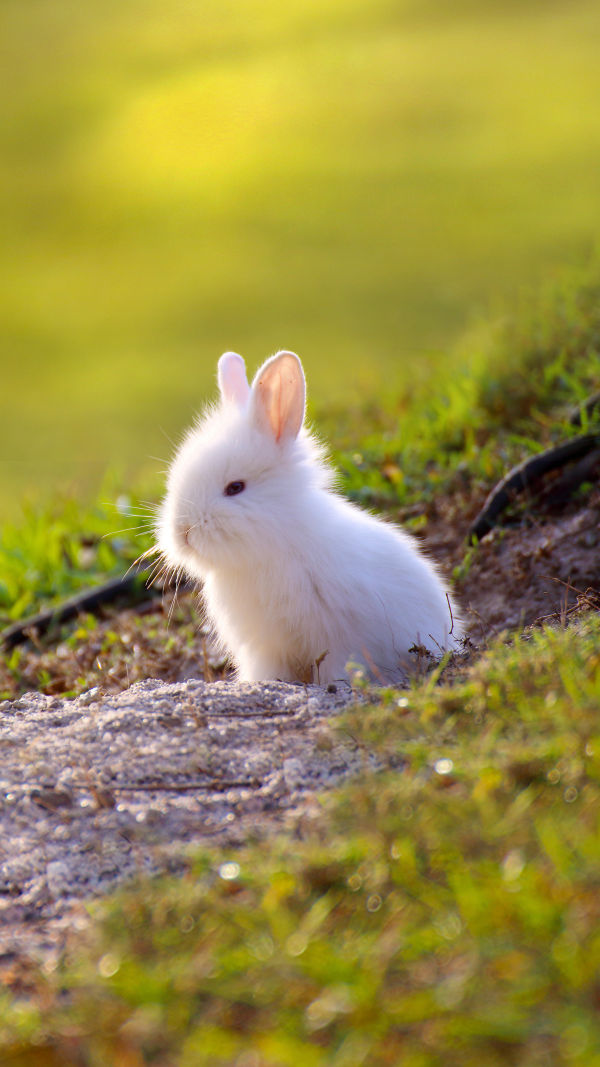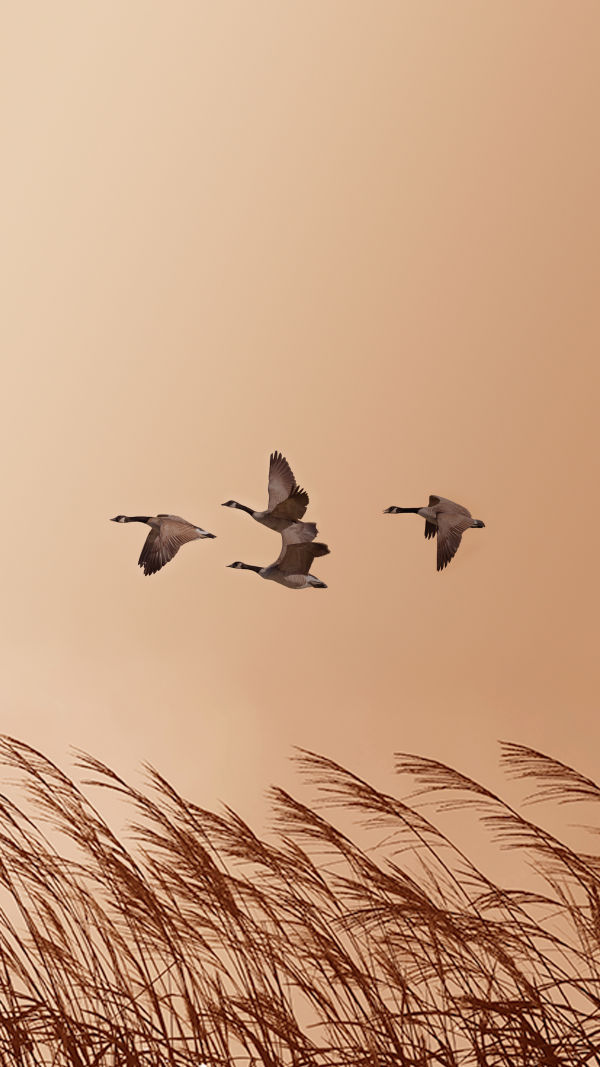Butterfly: Fly High!

Hey Lykkers! Summer is just around the corner, bringing plenty of opportunities to step outside, enjoy nature, and maybe even spot a butterfly or two.
These beautiful creatures are full of surprises, so let's take a moment to learn some fun and fascinating facts about them!
The Butterfly Got Its Name from Droppings!
This one might sound strange, but it's true! The name "butterfly" actually comes from their Droppings. Long ago, Dutch scientists were studying butterflies and noticed that their droppings—called frass—looked a lot like butter. They decided to name the insects after this peculiar similarity.
Some believe there's another explanation, though. In ancient times, people thought witches could turn into butterflies and fly off to find food—especially butter! Imagine witches flitting around like butterflies, looking for a snack!
Related
 Dragonflies play a crucial role in ecosystems, acting as water quality indicators and natural pest controllers.
Dragonflies play a crucial role in ecosystems, acting as water quality indicators and natural pest controllers.
 Rabbits are quiet, clean, affectionate, and intelligent, making them wonderful, low-maintenance companions!
Rabbits are quiet, clean, affectionate, and intelligent, making them wonderful, low-maintenance companions!
 Dolphin: The Ocean’s Playful Marvel!
Dolphin: The Ocean’s Playful Marvel!
 You won’t believe how these ocean stars eat with their stomachs inside-out—nature is wild!
You won’t believe how these ocean stars eat with their stomachs inside-out—nature is wild!
 The Wild Goose or Canada Goose: A Familiar Resident You Should Know!
The Wild Goose or Canada Goose: A Familiar Resident You Should Know!
 10 Incredible Manta Ray Facts You Didn’t Know – Dive Into the World of These Magnificent Creatures!
10 Incredible Manta Ray Facts You Didn’t Know – Dive Into the World of These Magnificent Creatures!
Butterflies Glue Their Eggs to Leaves
How do butterflies ensure their babies are safe? By gluing their eggs to plants! Female butterflies produce a sticky fluid that acts as a glue to attach their eggs to leaves. This helps keep the eggs secure, and if anything tries to remove them, the eggs would be destroyed.
But here's the interesting part: once a butterfly lays its eggs, it doesn't stick around. Instead, it carefully chooses the right plants—ones that will provide plenty of food for the caterpillars once they hatch.

Butterflies Taste with Their Feet
It may sound odd, but butterflies have the ability to taste with their feet. They have special sensors on their legs that allow them to "taste" plants as soon as they land on them. This helps them determine if the plant is suitable for laying their eggs or if it's a good spot for feeding.
Butterflies Can Fly at Night
While many butterflies are active during the day, some species are actually nocturnal. These night-flying butterflies typically have larger, more powerful wings that help them glide through the dark. Their ability to navigate in low light is truly remarkable, allowing them to feed on flowers that open at night.
Butterfly Wings Are Covered in Tiny Scales
Those gorgeous, colorful wings of a butterfly aren't just for show—they're covered in microscopic scales that give each butterfly its unique patterns and colors.
These scales reflect light in different ways, creating vibrant hues and even patterns that help butterflies camouflage or attract mates. So, the next time you see a butterfly, take a moment to appreciate how intricate and beautiful those tiny scales really are!
Butterflies may seem simple at first glance, but they're full of wonders that make them one of nature's most fascinating creatures. Keep an eye out for them this summer—you never know when one might flutter by!